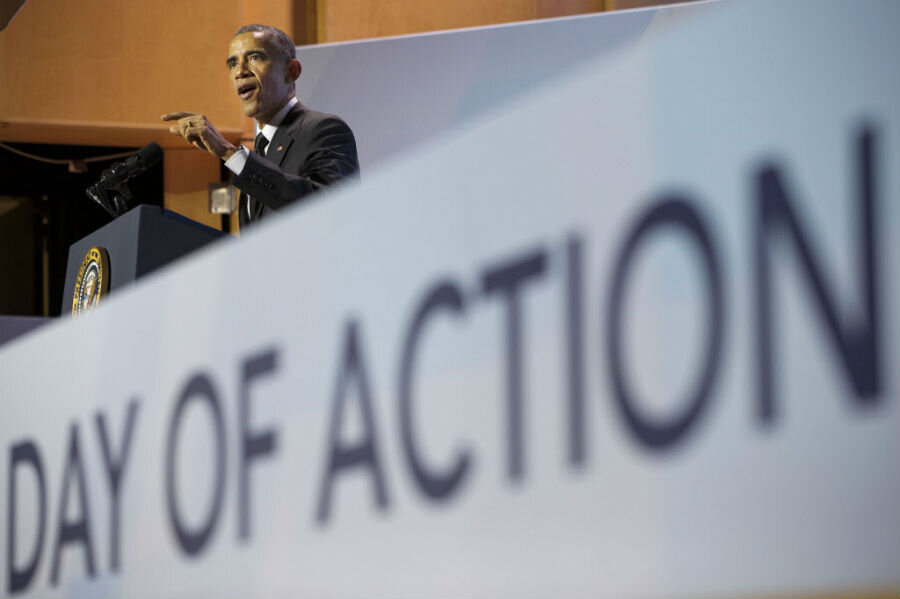White House summit seeks to boost college graduation rates
Loading...
Education leaders from around the United States gathered for the White House’s College Opportunity Day of Action to spread what they say is an increasingly urgent message: a high school education is no longer enough in today’s economy.
The event was the second summit this year, following one in January, when college presidents and education leaders gathered to discuss how to improve higher education. On Thursday, the summit focused on ways to help students get to and graduate from college.
These included building partnerships between high schools and colleges, training high school counselors as part of the First Lady's Reach Higher Initiative, and producing more graduates in science, technology, engineering, and math fields.
"A college degree or credential is a necessity rather than a luxury," said Cecilia Muñoz, director of the White House Domestic Policy Council, at the opening of the event. "The bottom line is that a college degree remains one of the surest pathways into the middle class in the United States and an especially powerful engine of social and economic mobility."
She cited several statistics regarding the growing necessity for college degrees:
- During this decade, nearly 8 in 10 new jobs will require some post-secondary education or training beyond high school.
- Of the 30 fastest growing occupations, half require a college degree.
- Median annual earnings are higher and unemployment rates are lower for those with college degrees.
Ideas came from across the partisan and regional spectrum.
Gov. Bill Haslam (R) of Tennessee cited Tennessee Promise, a program that will offer free community college or technical schooling to Tennesseans beginning next fall.
Freeman Hrabowski, president of the University of Maryland, Baltimore County, noted that classroom technology can help to monitor student performance in real-time to make sure students are keeping pace with difficult material.
This could be particularly helpful in first-year math and science courses, he suggested, noting that that 80 percent of black and Hispanic students who begin a major in a science or mathematics field end up leaving that field within a year. That's compared to two-thirds of whites who wind up leaving those fields, he said.
Foundations, state governments, and educators need to come together "so we can see with specificity many more people getting beyond the developmental math" courses, he said.
The president has already taken steps to make college more affordable for students, including increasing Pell scholarships by $1,000 a year; creating a tax credit worth up to $10,000 over four years of college, and limiting student loan payments to 10 percent of income.
The moves come at a time when increasing college tuition has left 40 million Americans with college debt, up from 29 million in 2008, according to an analysis from credit bureau Experian, cited by CNN. This means student loan debt has climbed to a record $1.2 trillion, an 84 percent uptick since the recession.








